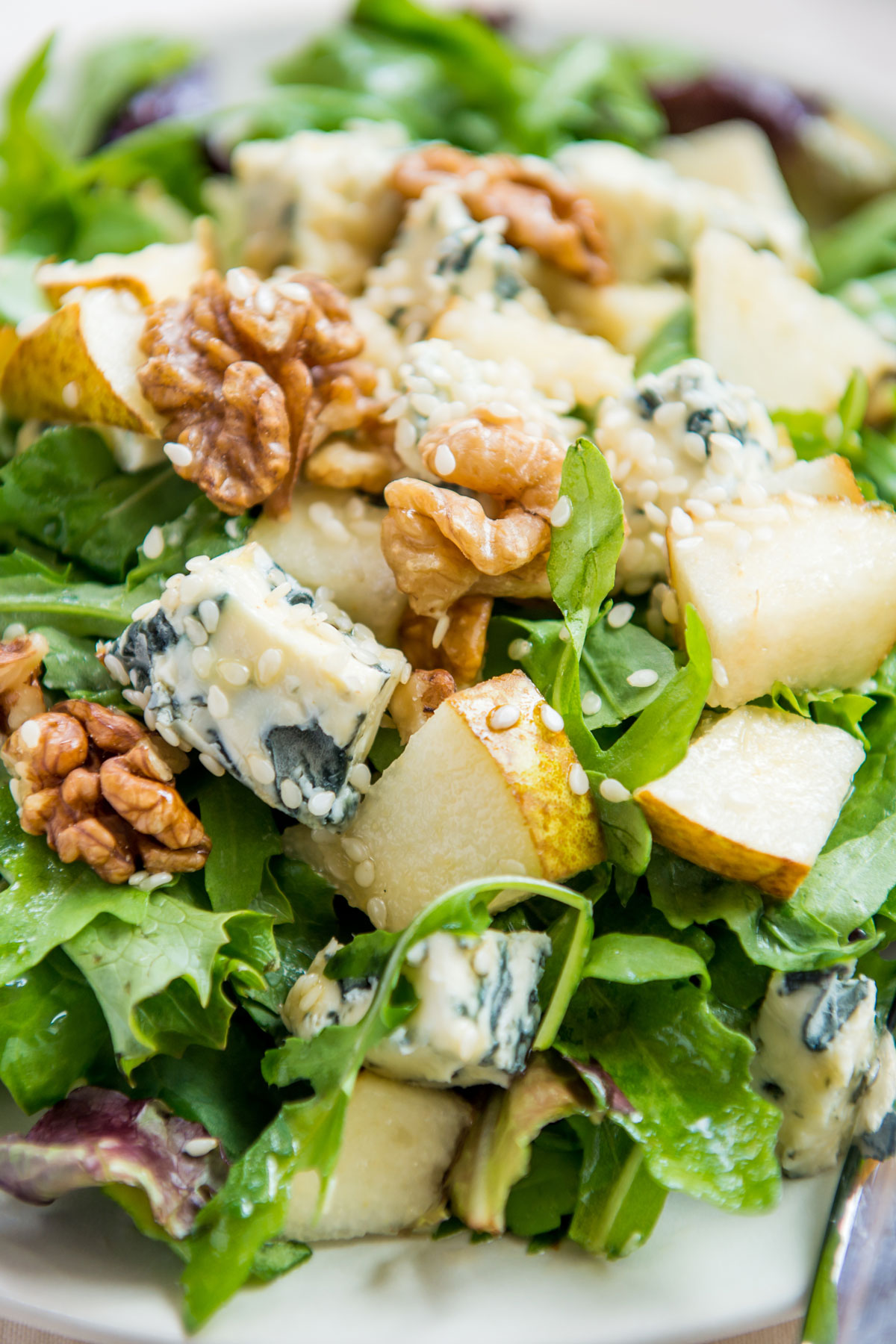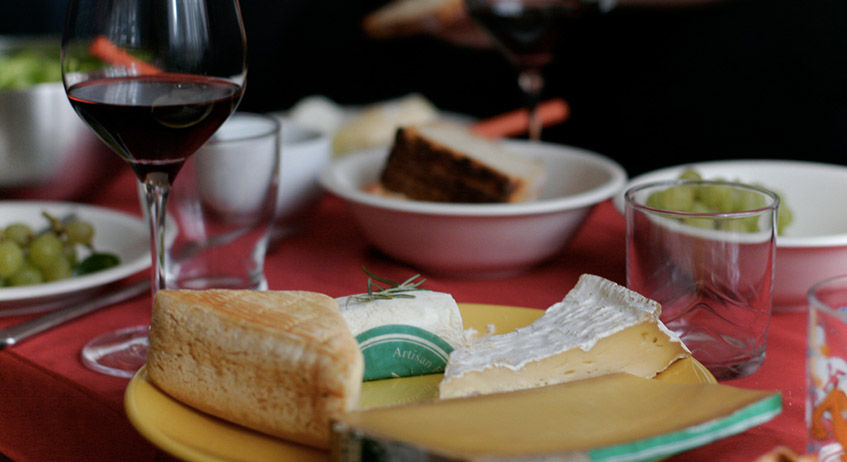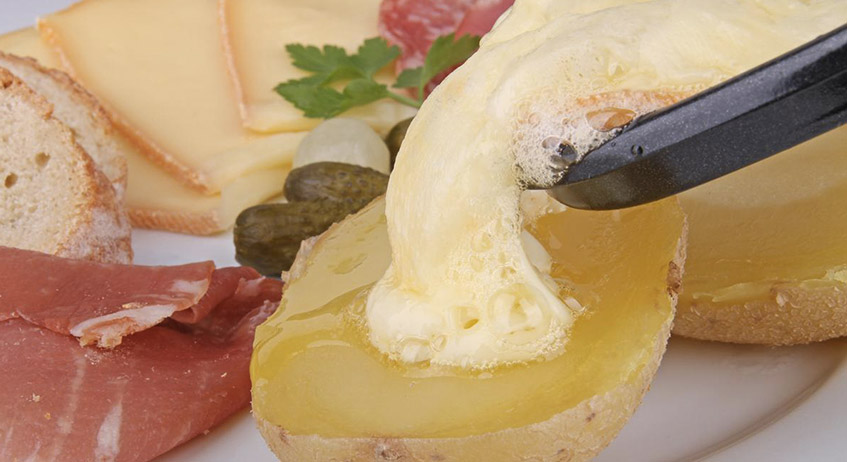
You can’t guess France’s favourite cheese either
Think of French cheese and some famous names come to mind: Camembert, Brie, Roquefort. Fromages that are big in flavour, stronger in smell, and likely to ooze all over your suitcase at 30,000 feet. They’re as emblematic of France as much as baguettes, croissants and wine – and French people are proud of them. The three mentioned feature frequently on cheese boards at the end of a meal, princes among the estimated 400 varieties of cheeses in France.
So I when I clicked on a Reddit post asking French people what their favourite cheese was I was pretty sure I could guess the answer.
“Camembert,” I said to myself.
I was wrong.
And I wonder if you can do any better? To help you, the cheese is pictured in the photo below. You’re welcome!
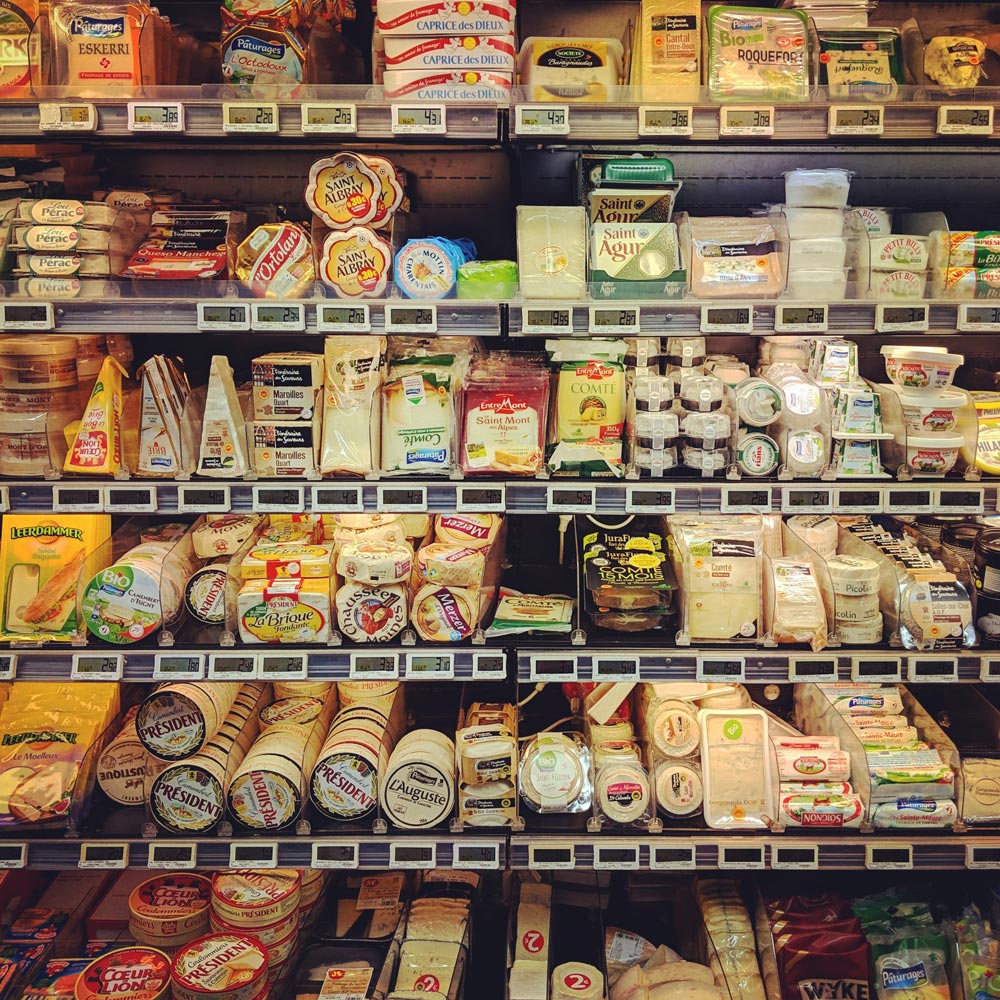
Back to me though. Not only was I mistaken, the votes were overwhelmingly for another cheese, one I hadn’t even heard of before I moved to France.
So I did what I always do when I’m confused by the French: I asked my husband. Of course, he correctly guessed what his fellow countrymen had chosen as their top fromage… but only after about 10 failed guesses. Like me, he’d gone for big names, including his own favourite, raclette (wrong).
Weird. But, then, Reddit is hardly representative of France as a whole, so I investigated further into le fromage préferé, looking sales figures of French cheeses in France. Would Camembert finally come out on top?
Nope. The same cheese came out on top, outselling the next most popular by three-to-one.
So what is the dairy equivalent of Tom Hanks? Something so popular that everyone wants a piece?
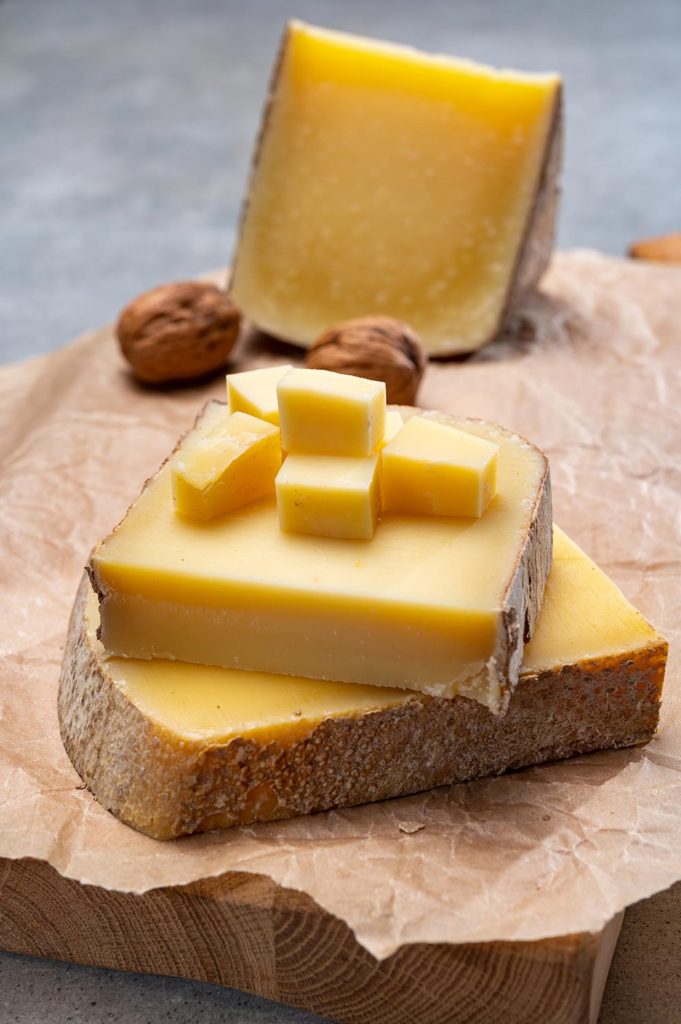
It’s Comté.
Of course it’s Comté! A cheese so ubiquitous that it is easy to overlook but whose absence would cause a riot, in my house at least. (We always have Comté in the fridge; I replenished our supply this very morning.) Comté isn’t particularly smelly or – dare I say it? – delicious, it’s just a good all-round tasty cheese. You can eat it in sandwiches, chop it into salads, cook with it or grill it on top of a gratin. The way it’s consumed most often chez nous is at the end of a meal, cut into slices and eaten as is.
Comté’s flavour is fairly mild but pronounced enough to be satisfying. As mentioned before, it doesn’t have a strong whiff about it and the easiness on the nose and the palate are the reason that Comté is one of the first cheeses that French children area introduced to. Only a very annoying child would find anything to object to in Comté.

It’s made from cow milk in the Franche-Comté region, slap-bang next to Switzerland. Being an AOP product (appellation d’origine protégée), only cheese from a specific area can be packaged and sold as Comté. It’s one of the things that sets it apart from the similar – though not as good – emmental cheese, which can be manufactured anywhere. The milk must be from Montbéliarde or Simmental cows. It takes 400 litres of milk to make one 40 kg round of cheese.
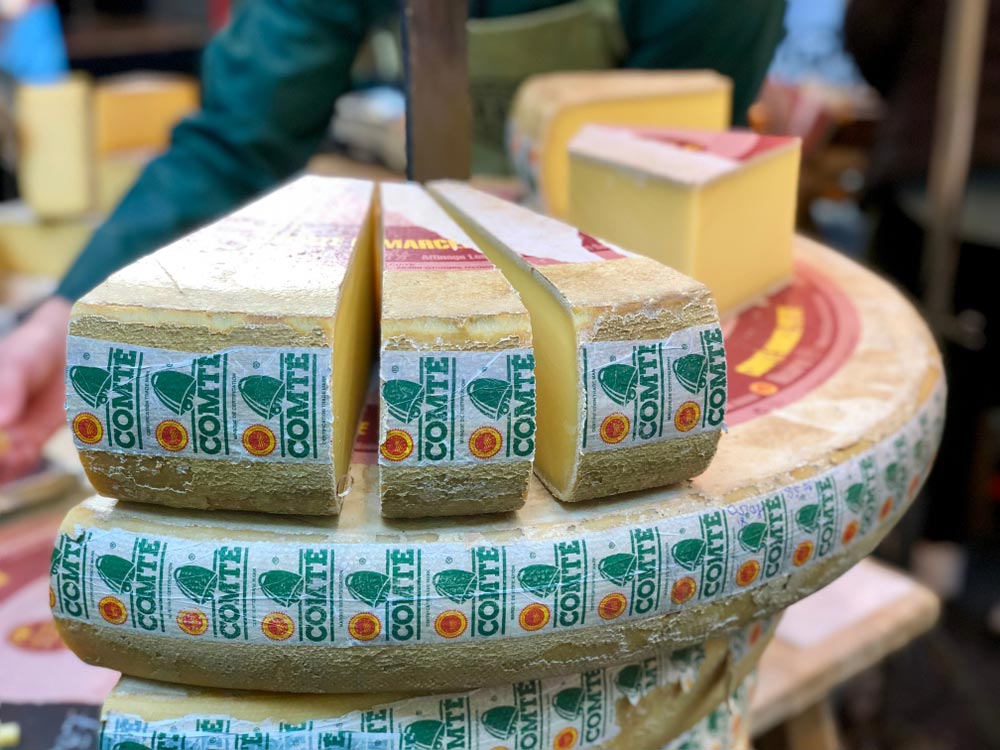
Comté is aged for a minimum of 4 months but the longer it matures, the stronger and more complex the taste becomes. It’s typical to find cheeses of 15 to 18 months in a supermarket, or longer in a specialist cheese shop. One thing that’s true for all cheeses is that you should remove it from the fridge for a good half an hour, or longer, to enjoy the cheese at its best.

The top ten AOP cheeses produced in France in terms of volume
- Comté (57 338 tonnes)
- Roquefort (16 212 tonnes)
- Reblochon (15 934 tonnes)
- Saint-Nectaire (14 367 tonnes)
- Cantal (12 623 tonnes)
- Morbier (10 768 tonnes)
- Brie de Meaux (6 499 tonnes)
- Tomme de Savoie (6 393 tonnes)
- Camembert de Normandie (5 994 tonnes)
- Fourme d’Ambert (5 900 tonnes)
Main photo by Food Photographer David Fedulov on Unsplash

